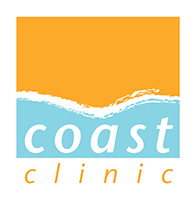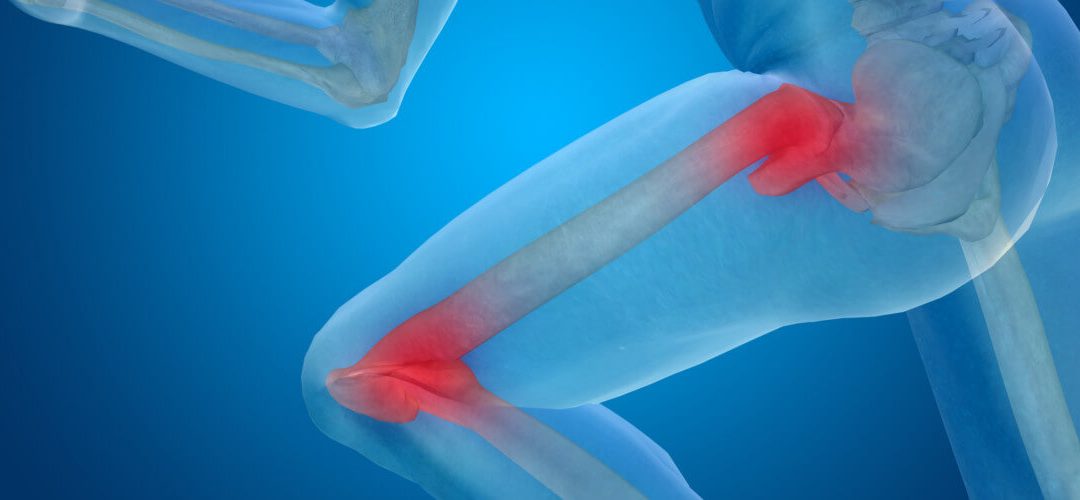Hip and knee pains can occur due to injury or for any number of reasons and therefore it is important to always visit your practitioner for diagnosis and advice so that you can obtain the correct treatment for your condition. However, here is a little self help advice that may just help you relieve some tight tissues that can result in hip and knee dysfunction and pain.
This video demonstrates two stretches that are common culprits for these complaints. (It may appear that the video has been cut short and in a way it has; I shortened it as I was speaking too much with information that may have confused you.)
The first stretch is for the Psoas muscle and the second stretch is for the TFL/ITB. The only thing you may like to add to the second stretch, to make it more effective, is to raise the arm toward the ceiling, on the same side that you have the knee in contact with the floor.
1/ ILIO-PSOAS STRETCH
The ilio-psoas muscles are one of the major postural muscles; it is the main hip flexor whose origin is the anterior (front) surface of the 12th thoracic to the 5th lumbar vertebrae of the spine and attaching to the lesser trochanter of the femur (thigh bone).

When these muscles are tight/dysfunctional they prohibit you from taking a full stride, altering the movement of lumbar vertebra. This altered movement can lead to lower back pain, increased lumbar lordosis or an antalgic stance as well as possible hip/groin pain. it can also cause referred pain into the testes in guys (obviously) (read this if this is of interest to you).
2/TENSOR FASCIA LATAE
The tensor fascia latae (TFL) muscle originate from the iliac crest and insert into the iliotibial band (ITB); aiding in hip stabilisation, flexion and abduction. The ITB runs along the lateral or outside aspect of the thigh, to the lateral condyle of the tibia, or bony bit on the outside of the knee. It crosses both the hip and knee joints. The TFL is an important stabiliser structure of the lateral part of the knee as the joint flexes and extends and therefore, they can cause a lot of hip and knee pains and problems.

Iliotibial Band Syndrome
SELF-TREATMENT
Soft tissue work – with your prickly ball or jack-knobber or foam roller (READ MORE HERE) We carry all of these at the clinic.
Increase flexibility – by doing daily stretches demonstated in the video at the beginning of this Blog.
Strengthening exercises – stretching is not going to do it all. The mentioned muscles may be having to work too hard because they are compensating for other muscles that are not firing properly. A plan of exercises to strengthen these involved muscles is needed. Your practitioner will be able to tell you which muscles are involved. The most commonly involved muscles are weak gluts as well as foot pronation causing incorrect alignment and function. However, please visit your practitioner as she/he will be able to advise you.
Hope you find this helpful.
Written by Anne French, Chiropractor, Functional Medicine Practitioner

